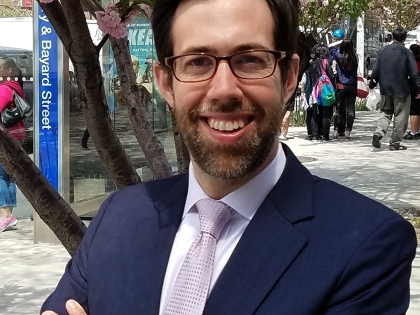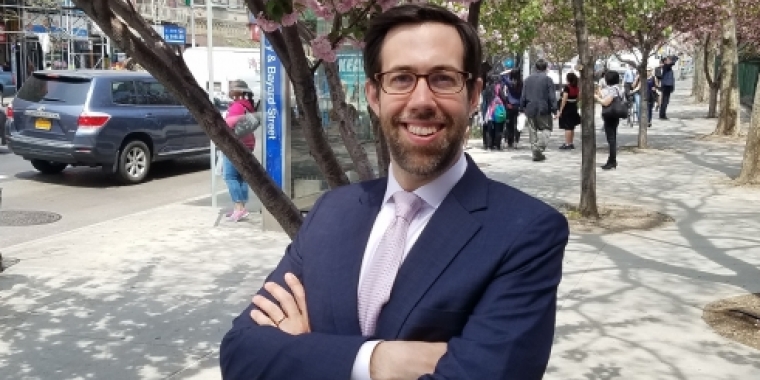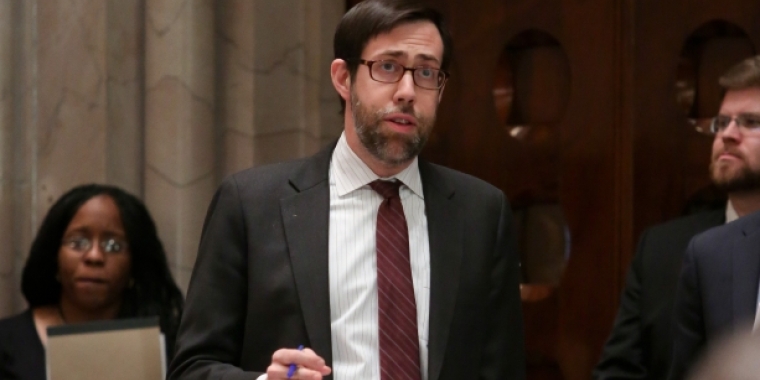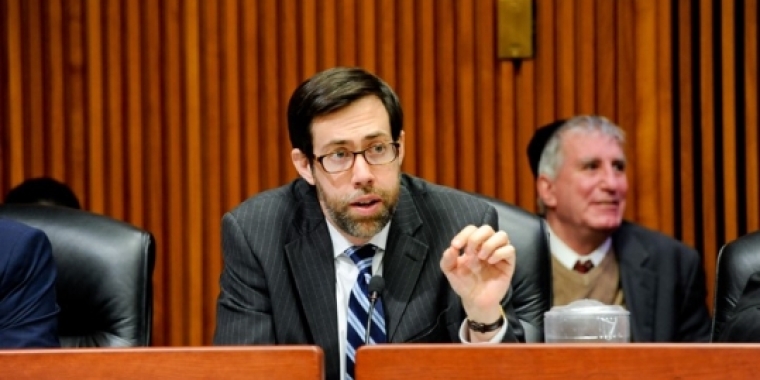
The Broadsheet Daily: Rental Health Guidelines
Lower Manhattan Is Affected More Than Most Communities by Stabilization Increases
By Dianne Renzulli, The Broadsheet Daily
June 29, 2011
Hopes for affordable housing have been on a roller coaster for much of this month, most recently plummeting when the New York City Rent Guidelines Board (RGB) ruled that monthly payments for rent-stabilized apartments will jump for leases renewed after October 1 by 3.75 percent (for one-year renewals, up from 2.25 percent) or 7.25 percent (for two-year renewals, up from 4.5 percent). This development came on the heels of what many affordability advocates described as a victory: the extension of rent regulations themselves, and a cap on property taxes for homeowners. But both developments have obscured the one part of rent debate that Community Board 1 (CB1) members say most affects Lower Manhattan residents: the impact of the June, 2003 New York State law on decontrol of rent-stabilized apartments.
The new State deal is aimed at slowing decontrol of rent-stabilized apartments. Under the new State rent regulation scheme, landlords can remove a vacant apartment from rent stabilization when the previous lease's rent hits $2,500 a month (up from $2,000 in previous years). The same arrangement allows for occupied units facing lease renewal to come off of destabilization when the rent exceeds $2,500, and a family's annual income goes over $200,000 (up from $175,000) for two consecutive years.
There are 1,700 units units in Gateway Plaza on South End Avenue that are regulated by a deal that mirrors rent stabilization. Other affordable housing in Lower Manhattan includes Southbridge Towers in the South Street Seaport area, whose 1,700 units fall under the State Mitchell-Lama program, and Independence Plaza North (IPN) on Greenwich Street, whose 1,350 units are now a mix of Section 8 (a federal voucher program), City LAP (Landlord Assistance Program) and market-rate tenants.
CB1 takes issue with the State on rent stabilization for two reasons. First, a November, 2009 survey conducted by CB1 inventoried 5,200 rent stabilized units in the Community Board's catchment area. That many rent-regulated units in a single community makes affordability an especially important issue. Second, Tom Goodkind, the chair of CB1's Affordable Housing Task Force, said the current law does nothing to repeal the June 2003 State Law S5693. Under this law, landlords can rent their rent stabilized units for "preferential rent," a rent less than the stabilized rent. Upon lease renewal, the landlord can raise the preferential rent to the maximum registered rent plus the RGB allowed increase. Mr. Goodkind said CB1 is focused on the issue of rent stabilization because "there are many residents in the area who have been paying preferential rent and are getting increases beyond affordability. They are being forced out of their homes with their families, and we need to stop this."
State Senator Daniel Squadron said he pushed hard to improve this aspect of the law, as well as the legal status of rent increases caused by apartment renovations. "Important expansions I've been pushing for include ending vacancy decontrol, closing the preferential-rent loophole, preventing landlords from using renovations to vastly increase the rent on regulated apartments, and ensuring greater enforcement of tenant protections," he said. "Unfortunately, this bill does not include everything we need to protect tenants -- including preferential rent -- though I am glad it includes my bill to better protect tenants from misuse of individual apartment improvement rent increases, and that it will raise the decontrol threshold."
Click here to continue reading this story



